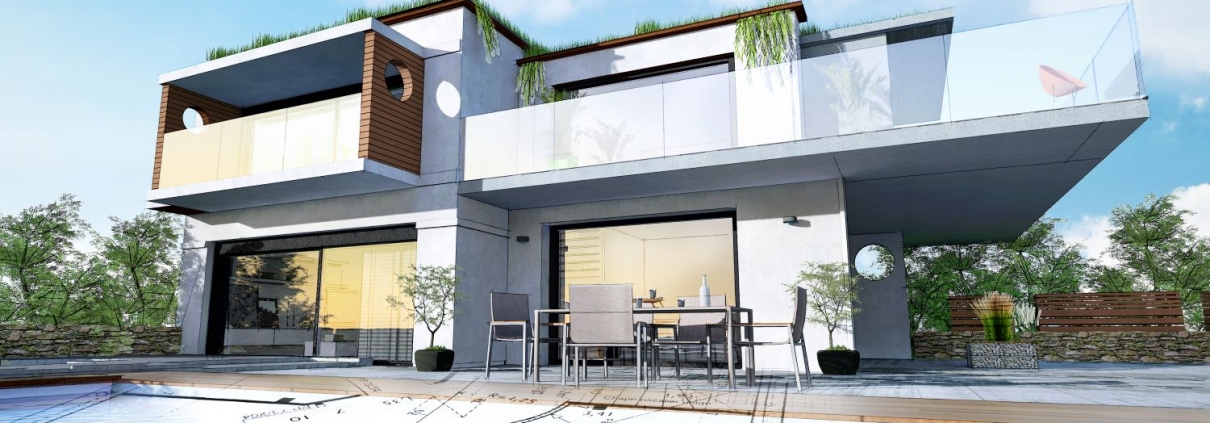5 Sustainable Building Materials that Save You Money
The construction, operation and maintenance of buildings accounts for almost a quarter of greenhouse gas emissions in Australia. Additionally, Australia’s population growth will reach 31 million in 2030. And, as Australia’s population keeps growing, the demand for affordable housing continues to rise. For instance, Melbourne alone is expected to need an additional 720,000 homes by 2031. Besides, we expect to see more home extension ideas and new home designs.
For Australians to cater for the increased demand for housing while protecting the environment and catering for low and medium income classes, the need for sustainable building materials becomes more apparent.
Using the sustainable building materials for new home renovations and home extensions will mean a lower impact on the environment. Not to mention, these building materials lower the cost of constructing. For instance, poor insulation could lead to increased emissions from air conditioning units, and increased utility bills.
In this post, we highlight the top five sustainable building materials available for Australian use. Therefore, if you are considering two-storey house designs, you may consider these sustainable building materials. Let us jump right in!
Best Eco-Friendly Thermal Insulation Materials
Air leakage in residential and commercial properties accounts for increased cooling and heating costs in Australia. Therefore, alternative insulation is a cost effective and sustainable building material due to the fact that eco-friendly thermal insulation contributes to reduced emissions by preventing loss of air. Thermal insulation doubles as fire protection, damp proofing and effective noise insulation.
In Australia, eco-friendly thermal insulation materials feature ingredients like cellulose, hemp, wood, earth wool, sheep’s wool, glass wool, and polyester. Compared to the artificial counterparts, the renewable materials spend less energy to process. Besides, these materials are entirely recyclable.
Recycled Plastics, Metal, and Reclaimed Wood
Disposal of used plastics is a huge issue, but not just here in Australia, globally. Recycled plastics are an incredible building material, not only due to the environmental aspects, but also because of the vast variety in applications.
When metal products have outlived their current intended use, they can be recycled into new steel and used to generate a variety of construction materials. Choosing recycled metal for construction of new building extensions contributes to energy saving efforts and significantly lowers the cost of construction.
Most types of reclaimed wood can go into making different forms of medium density fiberboards. Reclaimed wood can be used for the construction of walls, beams, panels, cabinetry, framing and furniture. However, it is important to note that wood is susceptible to water-damage and pests.
Hempcrete
Builders have termed Hempcrete as the eco-friendly construction material, breathing new life into Australian homes. The process of structurally developing a building using Hempcrete is close to conventional building. Hempcrete is a lightweight construction product and a wonderful insulating material. Not to mention, building and construction experts say as an eco-friendly construction material, Hempcrete is breathable and serves as a fill around the timber frame and finishing plaster, most ideal for the construction of freestanding walls.
Archimats
Researchers are pioneering recyclable building materials that will revolutionize the construction industry. Short for architecture materials, archimats feature an intertwined or interlocked inner architecture, giving them additional freedom over the conventional composite materials.
Archimats have better energy absorption characteristics and provide superior strength and good sound absorption properties. Therefore, archimats offer a more sustainable construction material.
Cork
Made from cork oak tree, cork makes a wonderful renewable and eco-friendly construction material. Cork has unique features, making it most ideal for building coverings and flooring. It is anti-allergenic and durable, making it a great choice for sustainable and pocket friendly construction materials. We find the application of cork in construction in expansion joints for roads, bridges, and dams. Ideally, cork is an elastic and resistant material.
These alternative materials may not be for everyone, but they are cost effective, sustainable and energy efficient. At Greg Clark Building, we advocate the use of sustainable construction materials in renovations, and house extension ideas, for larger projects these materials may not be as suitable.



